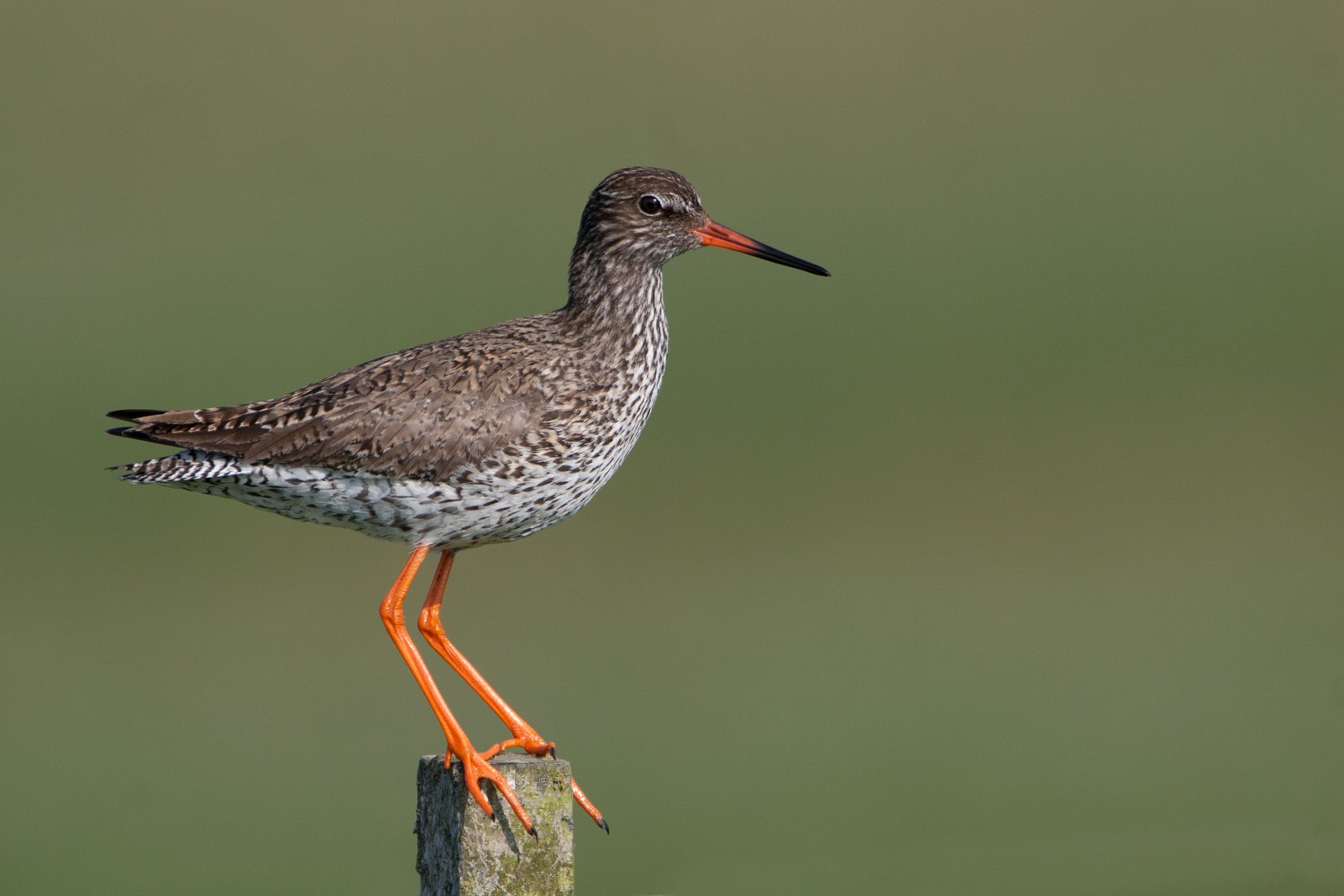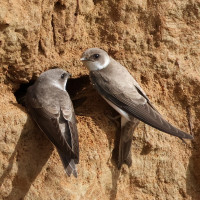Beschrijving
Tucked away, down a shady no-through road which follows the line of the old Fosse Way off the Sharnford to Frolesworth road is the delightful and constantly evolving Fosse Meadows Nature Park. Created from farmland given up to Blaby District Council in the late 1980’s by local farmer Henry Archer, the 57 hectare site has not only become a popular green “lung” for locals but now rivals Burbage Common as being one of the most biodiverse areas in south-west Leicestershire. The main interest Fosse Meadows holds for the naturalist and birdwatcher is the variety of habitats it incorporates. These are the result of natural and human developments both ancient and modern. The site has been planted with thousands of native trees (now approaching maturity) and a small conifer dominated arboretum in the middle. Old hedgerows remain from the site’s former use and the presence of standard trees and surviving elm saplings testify to their ancient origin. Hay meadows by the former line of the old brook add to the mosaic of habitats. The creation and planting up of a lake in 2002 have added significant value to the site in terms of aesthetics and nature.
Although accessible by bridleway from Sharnford, a more logical starting point from which to explore the site for most visitors would be from either of the adjacent free car parks along the Fosse Way on the eastern side of the park. Facilities are minimal; there is a small portaloo in the main car park and sometimes a mobile snack bar sets up in the overflow carpark but the main footpaths are hard surfaced with gentle gradients throughout. Small sections in the north and by the river can get very muddy in wet spells, but these can be avoided due to the network of firmer paths that criss-cross the site. Consequently, much of the middle of the park is accessible to wheelchairs and pushchairs for most of the year. Going clockwise from the main car park, a solid path cuts across a picnic and play area which is often a good spot to observe Zanglijster feeding on the closely cut sward. Fosse Meadows has always been good for this species. In the summer, patches of dandelions are sometimes left to seed which attract different species of finch including Kneu and Goudvink, another locally abundant breeder.
The recommended route then passes to the right of the lake which is always worth close scrutiny. The Oeverzwaluw artificial bank can be observed from either of the two hides. This hirundine has bred or attempted to breed here every year since 2007 thanks to the construction of this edifice. In truth, the lake and its shore have not been as good in recent years for birds compared to its early life. Kleine Plevier and Kievit thought about breeding in 2003 before vegetation was allowed to overtake much of the scrape. Dodaars, which had become regular breeders, were frozen out by the winter of 2010/11 and have still never returned. On the positive side, the volunteer planted reedbed has attracted Kleine Karekiet, which now almost certainly breed. Although very hard to see from the hides, one to two singing males have been heard every year since at least 2015. The muddy shores of the lake normally attract Watersnip each winter and the occasional but elusive Houtsnip. Wulp and Witgat have been recorded on passage and a strategically placed stick by the Sand Martin bank is nearly always the best place to see a perching IJsvogel. If the feeders by the bigger hide are stocked, close-up views of many small birds can be enjoyed. This is probably the best place to see Zwarte Mees and Glanskop, the latter a fairly recent but welcome addition to the site list.
The walk continues around the perimeter of the park with extensive plantations to your right and the surrounding farmland to your left. The farmland is always worth scanning for Kievit and partridges, far more likely to be Rode Patrijs these days. Patrijs, which were sometimes flushed from the park itself when the trees were smaller, appear to have gone from the area. The plantations are what give Fosse Meadows its magic and are a cacophony of bird song in May, the time when the park is seen at its best. The four common warblers breed here although Grasmus does not seem to be as abundant as it formerly was, possibly as the growing trees are making the site less “scrubby” in nature. This may also explain why Rietzanger and Tuinfluiter seem to have disappeared from the site, the latter in particular having, until recent years been quite common. As I have seen and heard Braamsluiper in the park or adjacent farmland almost every year since 2005, I would regard it as a likely breeder. I have encountered “reeling” Sprinkhaanzanger in two different years, one of which was a probable spring passage bird, the other, due to the date (July) a potential breeder. Sadly though, probably reflecting national trends, Koekoek, Matkop and Ringmus, three former fixtures of the park no longer occur.
Halfway along the western boundary of the site, I suggest that you turn right and cut through the middle of the park. The Three Fields Plantation on your left is the place where you are most likely to encounter a Bosuil. I have had great views of this species along this track on several occasions, normally in the very early morning! The pine trees in the arboretum often echo to the sound of singing Goudhaan, a bird which may well breed in the park. From here, you can go straight on back towards the car park which can be seen directly ahead, but to head diagonally left towards a kissing gate in the hedgerow extends the walk and allows for exploration of the hay meadows. The lower of the two meadows is still grazed as part of a traditional management regime and is generally the more interesting and (in wet weather) reveals the meanders of the brook before its route was straightened. This is one of the few places in Leicestershire where the rare and exquisite Snakeshead Fritillary can be seen growing, normally at its best in early April. The pollarded willows on the far side occasional host a roosting Steenuil.
Cutting across the corner of this meadow through another kissing gate is usually the area where Grauwe Vliegenvanger are most likely to be seen in summer, although they can be encountered at several points in the park. Thankfully, at least for now, they still appear to be holding on in the area and juveniles are seen most years. At the gate, where you may have to negotiate mud and cows, turn left and pass through the alders. In some years, these trees are adorned with Sijs, Kleine Barmsijs and Putter. Turn right before you reach the footbridge and walk the short distance back to the car park to complete your two mile circuit of the park.
As stated, late spring is the best time to visit Fosse Meadows in terms of number and visibility of breeding birds but other times can turn up welcome surprises too. I have personally seen Gekraagde Roodstaart, Tapuit and Bruine Kiekendief on passage in April and Kwartel has been recorded in June. I once encountered a pausing migrant Boompieper at the end of August and Groene Specht and Grote Bonte Specht are regularly seen or heard throughout the year as well as there also being at least one record of Kleine Bonte Specht this century. Genuine rarities have been few and far between but October 2007 turned up a Bladkoning and days later a Vuurgoudhaan in the trees behind the smaller hide, two species which could easily re-occur. The only confirmed record of Smelleken was also in this month (2020). November sees the large-scale arrival of the winter thrushes and is the best time to encounter the less common finches. Kerkuil are occasionally seen at this time but they are not yet established at the site. In December 2004 a roosting Ransuil was discovered in the trees to the east of the lake so you never really know what may turn up!
Details
Toegang
Fosse Meadows is a visually pleasant and very well-maintained site, definitely at its best in April/May and always quietest early morning due to its popularity with dog walkers and young families. The constantly evolving nature of the site is reflected in the rise and fall of its many bird species. Do not to expect to clock up a huge list if you go but a visit rarely fails to deliver something of interest and always be prepared for the unexpected.




